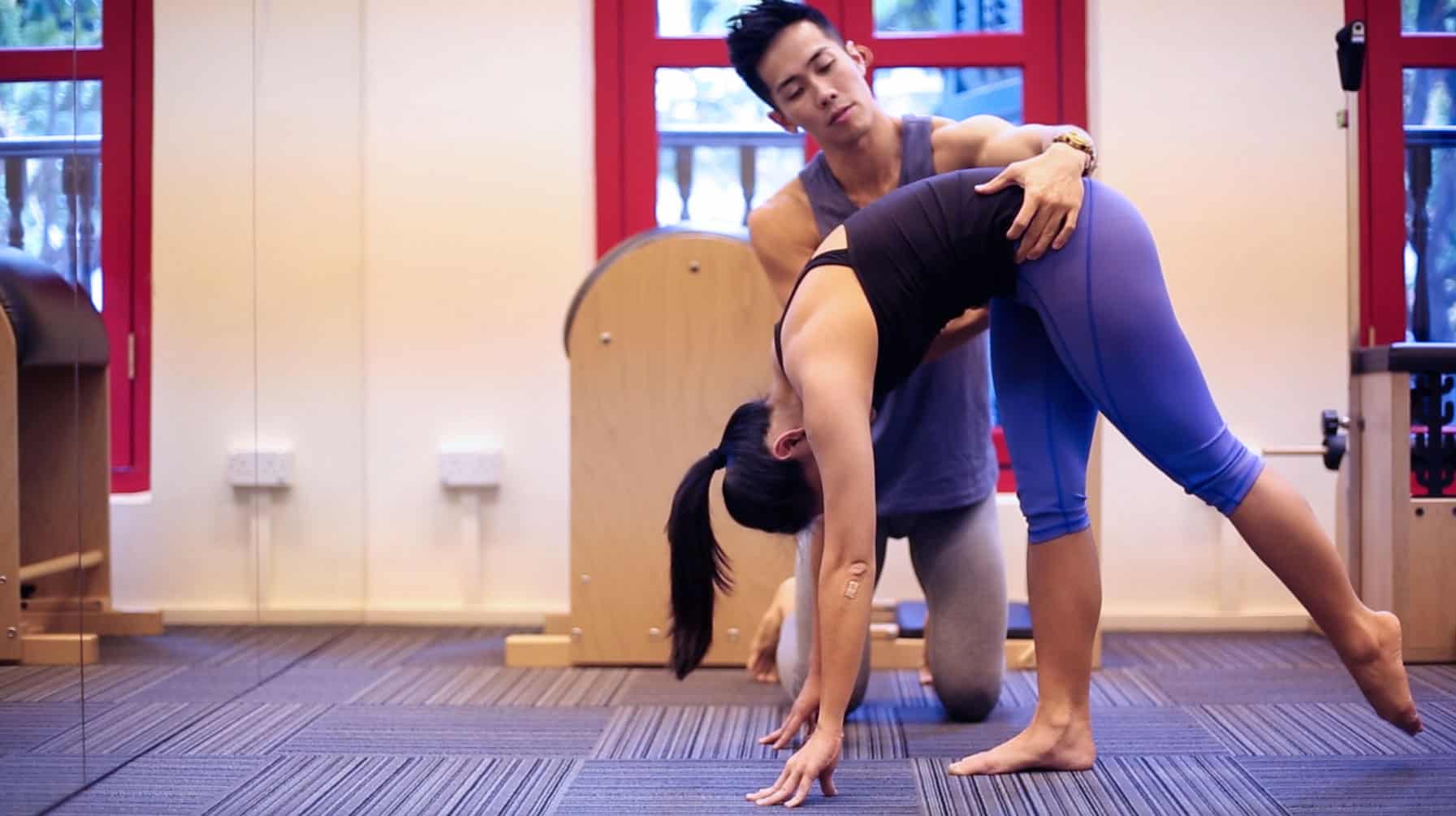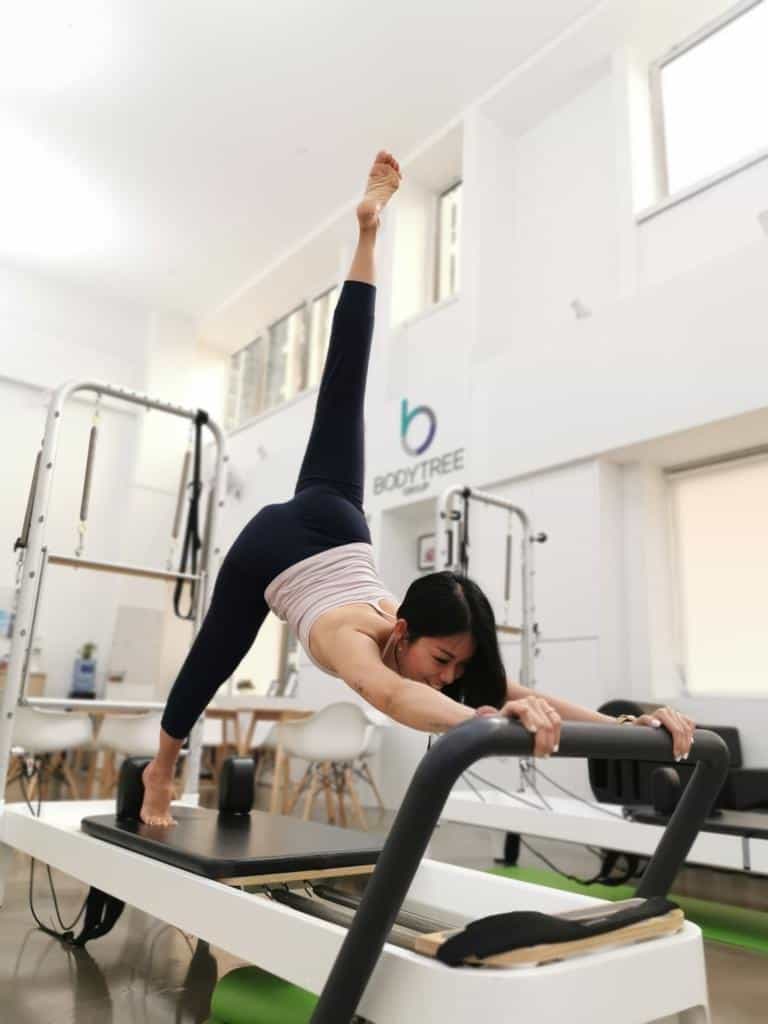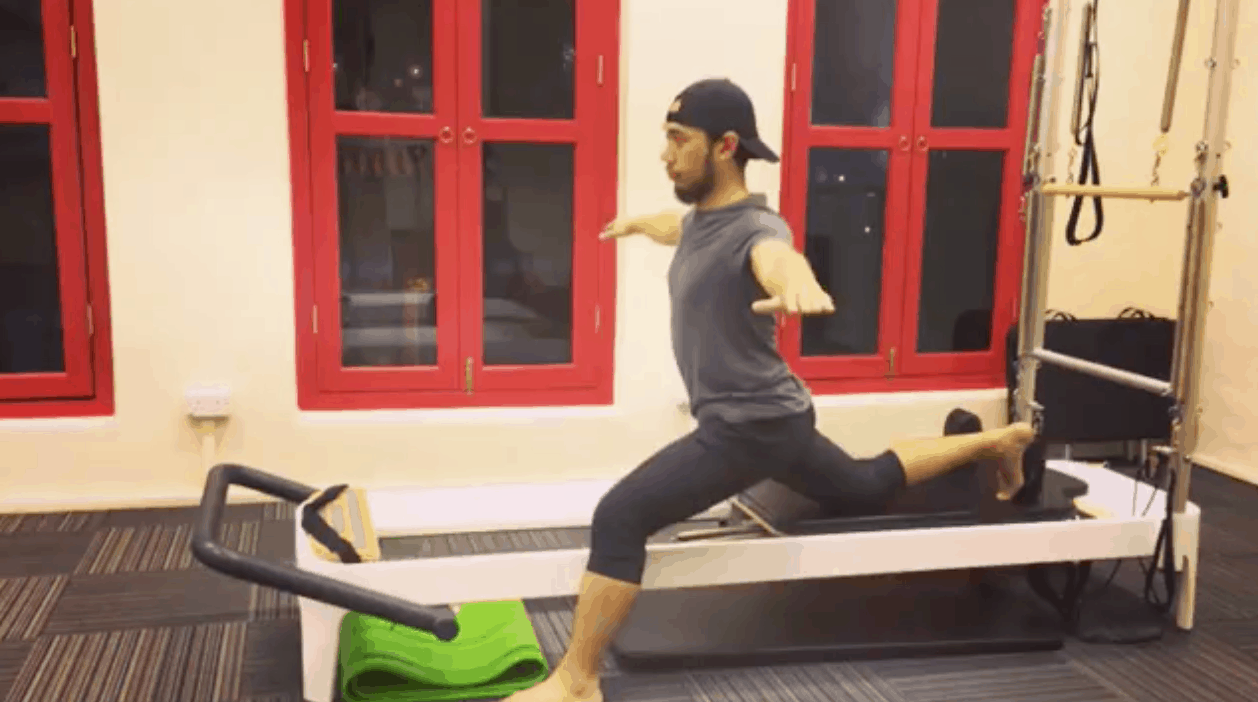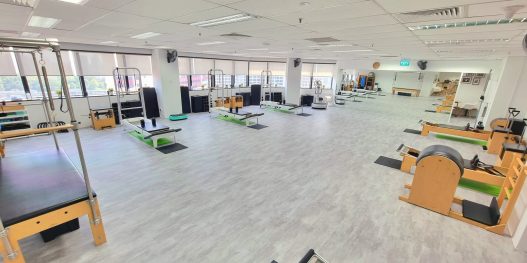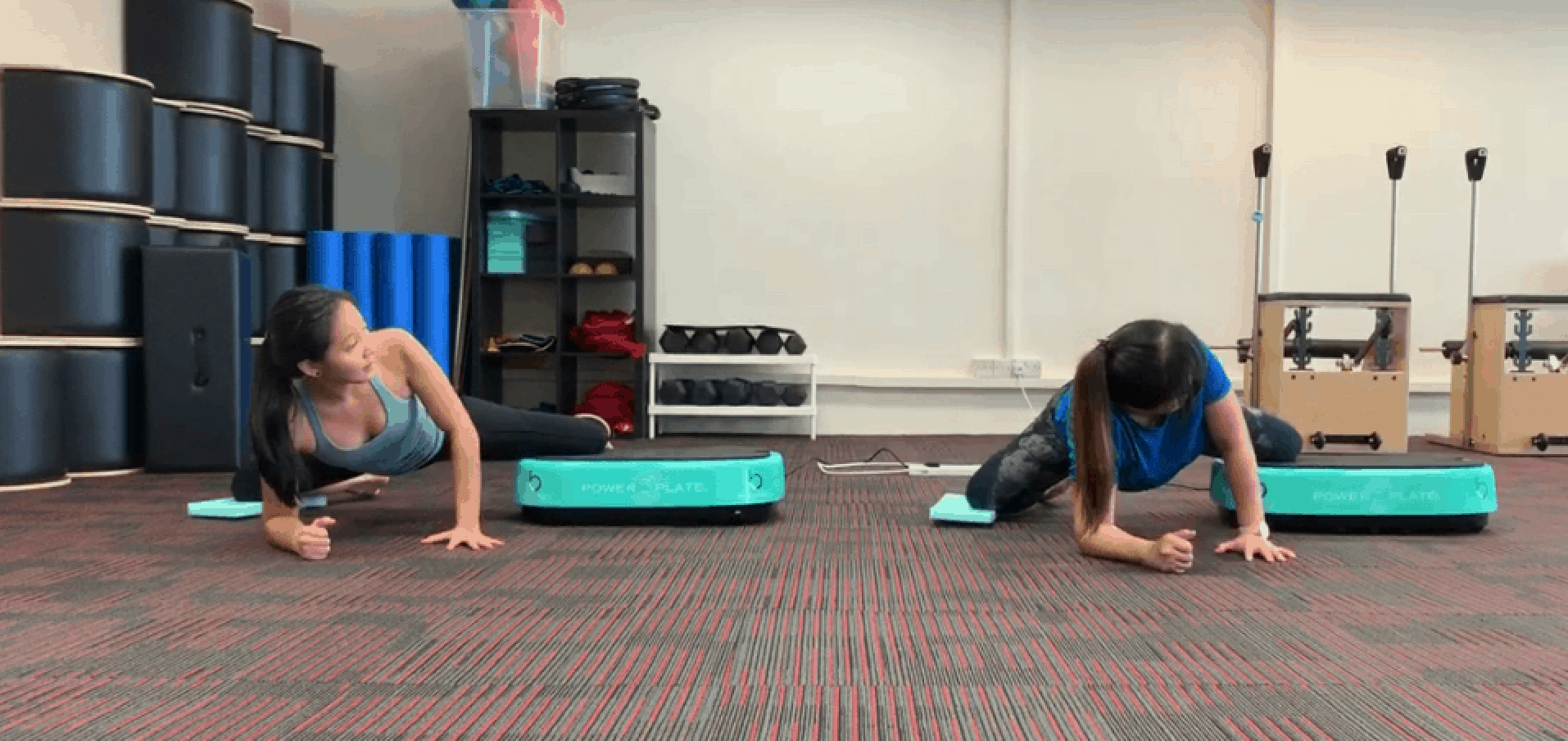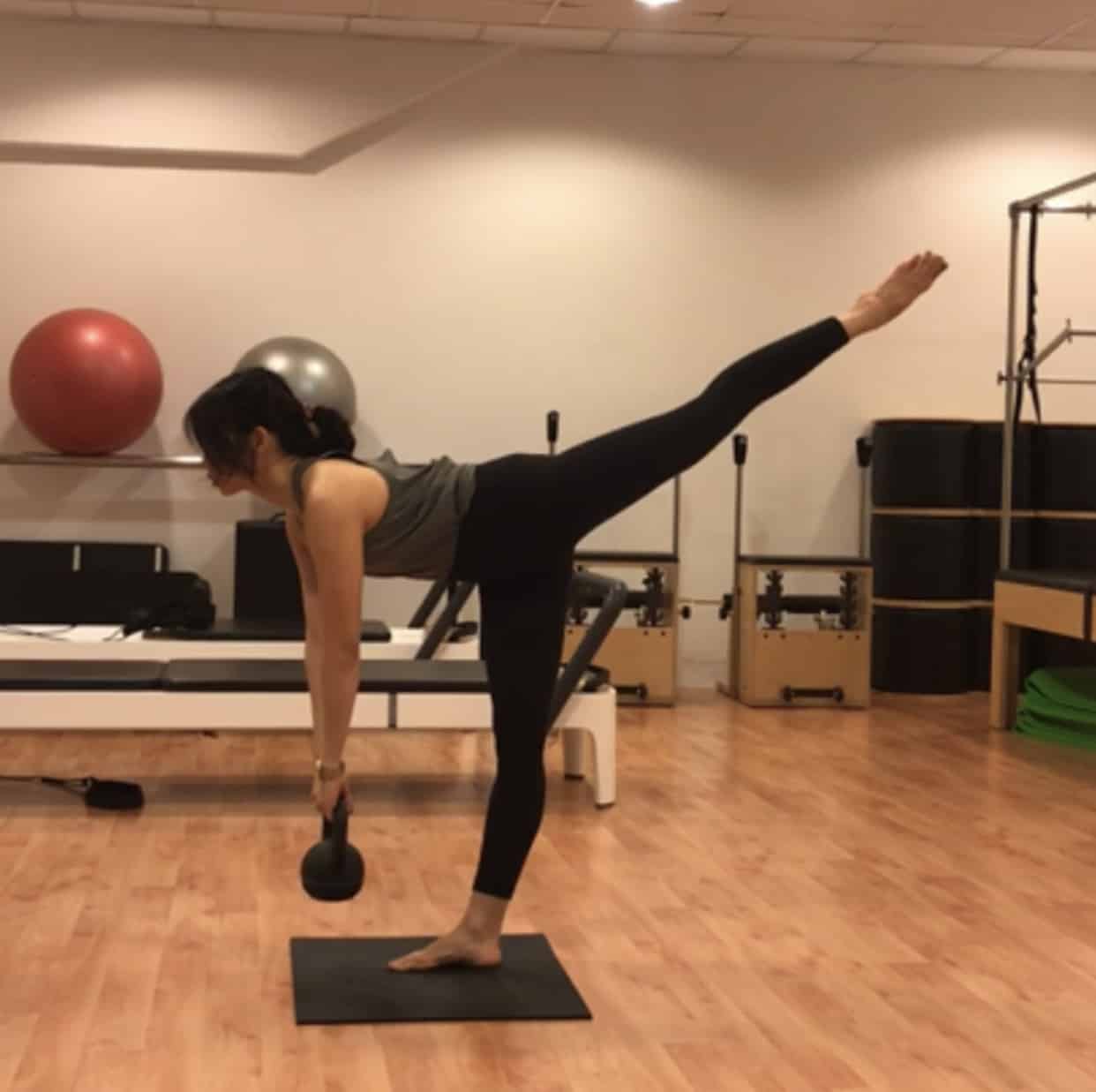In my previous post, I wrote about how tight pec muscles can lead to rounded shoulders and increase the risk of shoulder pain.
The picture below shows a common posture amongst computer users.
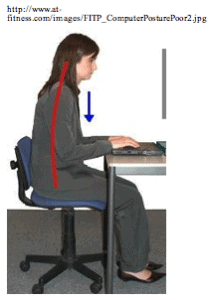
In today’s world, we spend many hours each day at the computer. The cumulative hours, spanning many years, have a heavy toll on our body. The result is a posture known as upper cross syndrome.
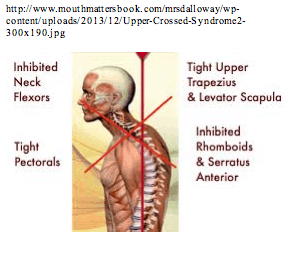
This posture is characterized by:
1. Tight pec minor muscles
2. Tight upper trapezius and levator scapula muscles
3. Inhibited rhomboids and serratus anterior muscles
These tight and inhibited muscles do not allow proper movement of the shoulder blades, leading to shoulder pain and increasing the risk of shoulder impingement.
What can you do at work or at home to help improve rounded shoulders and prevent shoulder pain?
First, you have to address the tight muscles – to stretch and release these muscles.
Here, Daniel shows you how to release the different muscles using a small ball, for example a tennis ball. At each position, hold and apply pressure to the ball with your body weight for 1 to 2 minutes – do so daily.
(a) pec minor
(b) upper trapezius, and
(b) levator scapula
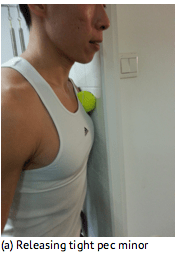
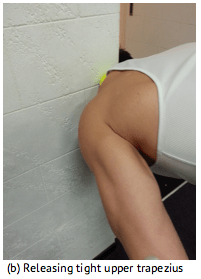
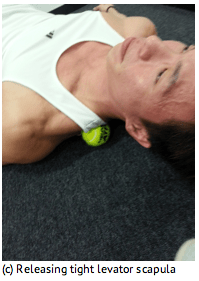
Secondly, it is important to activate the weaker muscles :
(d) rhomboids, and
(e) serratus anterior
These muscles have to work in tandem with rest of the shoulder muscles for proper functioning.
To activate the rhomboids (picture d below), lift the chest including palms and elbows off the floor – hold for 5 counts, then lower. Perform this movement for 1 minute.
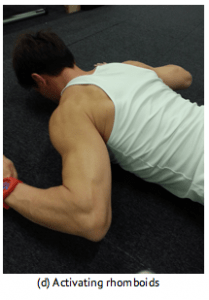
To activate the serratus anterior (picture e below), hold the plank position on the elbows / forearms, and protract the shoulders (i.e. pull them away from each other) for 1 minute.
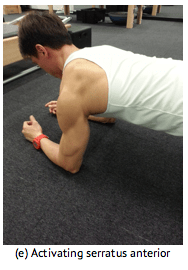
It is important to do the stretch and release first, followed by activating the muscles.
These simple things are useful so you don’t experience shoulder pain too often. However it is more holistic to combine them with an exercise program like Pilates or other functional training to build strength and mobility for a healthy shoulder joint.

